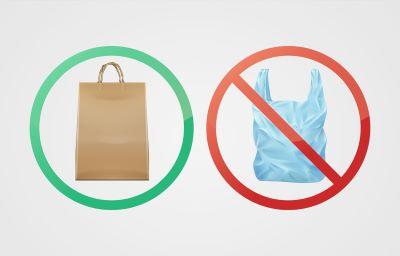Your home is intended to be a place of respite; a breathing space where you can relax with your family and enjoy that which gives you the most pleasure. Be it a mancave or a family-oriented domicile, it’s meant to belong to you. No doubt you’ve noticed, however, that it’s becoming more and more difficult to be comfortable in your own surroundings. More than half of Canadians noted their mental health had worsened in the two years since the pandemic, noting a legion of factors. With 75 per cent of the country citing climate change as a major source of concern, and with this July on record as the hottest month in recorded history, it’s hard not to make the link.
Even if you’re not concerned about climate change, the 24-hour news cycle is a veritable sounding alarm: long COVID, the alleged death of democracy in the U.S., the housing crisis and Canada’s oncoming recession — there’s plenty to keep you feeling uneasy in your own home. Wouldn’t some of the pressure be removed if you knew you were contributing to change?
The fashion industry accounts for 10 per cent of the world’s global carbon emissions. Here are some ways to help lighten that footprint as well as make your home as inviting and comfortable as possible.
Use Non-Toxic Paints

Each year, the decorating industry produces around 9.8 billion gallons of paint across the world, however, only 30 per cent of those paints are water-based and have low VOC (Volatile Organic Compounds). These compounds are the reason one may feel lightheaded or dizzy after working in a room of freshly-coated paint — and who needs the headache, anyway?
While sticking to warm and light colours can certainly brighten the environment, it’s equally important to avoid the potentially lethal consequences of conventional paints, as some have carcinogens. For your sake, as well as that of the environment, stick to low VOC paints.
Use Eco-Friendly Lights
Just like in the movies, lighting is important. It can set the mood for an entire room. Fortunately, the certainty of a massive energy bill has turned most people away from traditional lighting to LED lights, which use up to 75 per cent less energy. Efficient though they may be, LED lights can also cause phototoxicity in some people, damaging the retina.
Lamps, light dimmers and recyclable illuminates are often the best way to stay green.
Embrace Plants
Welcome to biophilic design, but first, some facts about plants:
Houseplants have been known to decrease stress, improve your sense of well-being and support your cognitive health.
Plants also increase the oxygen levels in their immediate area, which can improve one’s respiratory function.
More significantly, it just feels better to breathe fresher air. Using the free space in your home for plants and gardening can improve the quality of life in your home. It’s also a wonderful way to better connect oneself with nature, particularly if they’re accustomed to city life. At a time when the natural world and humanity have never seemed more at odds, it helps to have personal connection.
Vintage Items Never Go Out of Style – And They’re More Efficient
Thrift shopping used to be frowned upon in some communities. Think, however, on the closure of video stores and the rise of streaming. Thrift shops have become a new kind of video store, costing about the same to rent and allowing you to keep a copy. Of course, it goes well beyond your DVD collection. There’s always some quality furniture to browse on eBay or your local Salvation Army, and it’s always going to be better for the environment to recycle. Furthermore, there’s still something about the thrill of the hunt that has been removed from other forms of shopping that makes it all the more worthwhile.
Ban Plastic

Not only is removing plastic better for the environment, but it also looks better and can help you create new, open-concept design spaces. There are a lot of helpful sustainable packaging ideas that can revolutionize your space and help the planet.
Handmade Accessories, or DIY

If you are buying something from a department or hardware store, the resources used to produce the item might have already contributed to environmental pollution. Making it by hand, be it a decorative item, a birdhouse, a chair or even something larger, can reduce that pollution, but it can also give your home a nice, rustic quality. Furthermore, these handmade devices can be passed down to generations, starting a new family tradition. If you’re not particularly handy, such items can also be found on Etsy and eBay.
All of these ideas, in one way or another, better connect you to the natural world, for which there can be benefits both mental and physical.
Kenny Hedges | Contributing Writer










